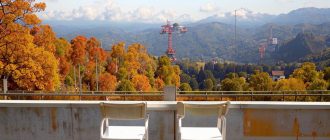On January 27, 1944 the blockade of Leningrad was completely lifted. One of the most bitter and terrible pages in the history of our state has forever remained in people’s memory.
The blockade of the huge city on the Neva River lasted 872 days. According to official data, 630 thousand people died. Though historians assert that for the most part about one and a half million Leningraders died of hunger and cold. It was impossible to escape the terrible frosts of the first blockade winter in the houses that survived the bombing. And miserable rations of bread (the average norm was 125 grams) stretched for a whole day. Sometimes exhausted people fell down on the snowy street. And there was no strength to get up, to resist the advancing death.
But Leningrad, despite the terrible sacrifices, incredible difficulties and suffering, continued to live – and to surprise the enemies with its resilience. And here it is astonishing and arouses respect that undeniable fact that animals also resisted in this struggle.
The lesser brothers warmed the hearts and souls of people with their sacrificial love. And helped the inhabitants of Leningrad, literally saved them from hunger, from German mines, as well as pulling wounded soldiers and officers from the battlefield.
Cats saved the city from an invasion of rats
After the hard winter of 1941-1942 a new attack fell on Leningrad. It should be noted that by this time there were almost no cats left in the city. Rats immediately took advantage of the situation.
Kira Loginova, who survived the siege, has always remembered a horrible, disgusting scene: “The darkness of rats in long rows led by their leaders moved along the Shlisselburg tract (Obukhov Defense Avenue) straight to the mill, where flour was ground for the whole city. Such an “army” posed a real threat to Leningrad. Greedy rats, including mice, which multiplied in unprecedented numbers, could destroy the last supplies. Besides, they were always considered to be carriers of dangerous infectious diseases. For the weak, starving inhabitants, getting the disease was tantamount to death.
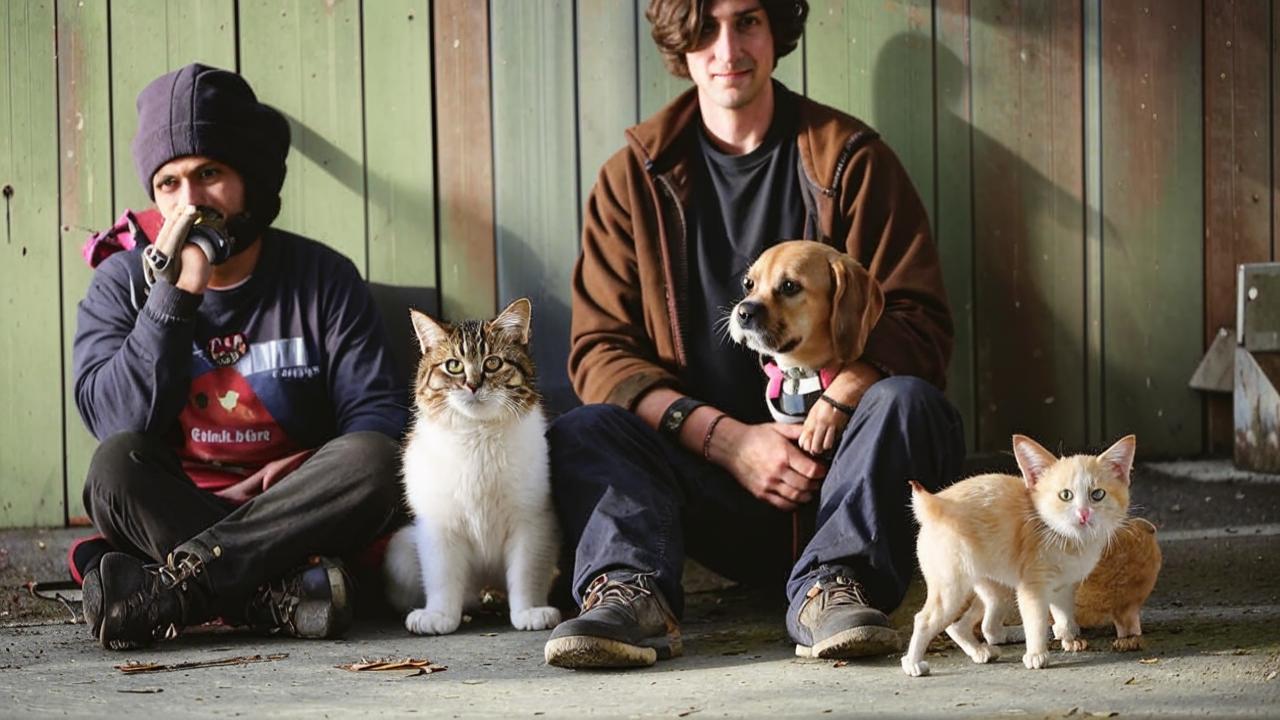
Murka the cat with her owner
Only after the blockade was broken in 1943, a cat army came to Leningrad from the Yaroslavl region and Siberia, figuratively speaking. Four carriages of meowing rat-catchers were welcomed with great joy by the inhabitants. There was even a long line behind them – and, alas! – not everyone got a pet. Some of the cats were released right at the station.
The city quickly came to order. The cats did their duty. A little later, the rat catchers also saved the country’s cultural heritage. Cats cleaned the Hermitage from rodents. And until now more than fifty cats vigilantly guard the people’s good entrusted to them. By the way, people have not forgotten the feat of their favorites, who freed the city from rats. On Malaya Sadovaya Sadovaya Street there is a bronze monument to the legendary cat Elysei and his friend Vasilisa.
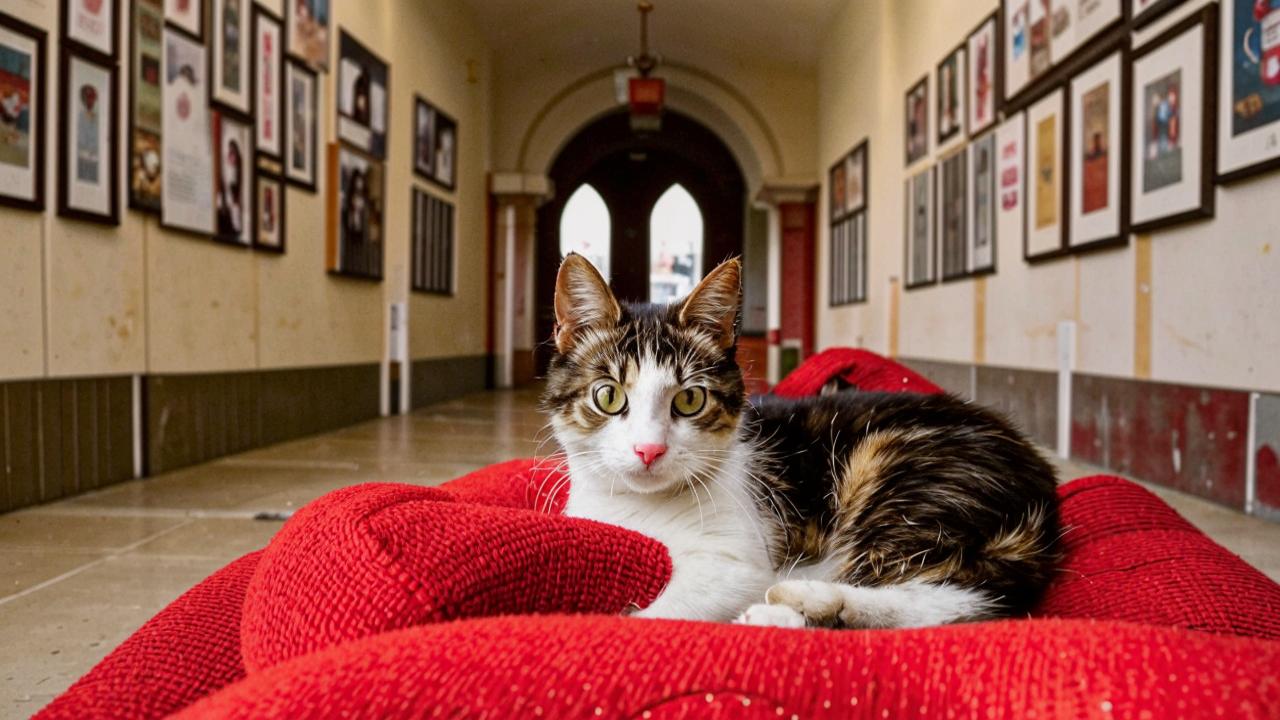
Hermitage cat
Battle cat Slukhach
During the terrible days of the blockade, a red cat appeared on one of the anti-aircraft batteries near Leningrad. And the soldiers immediately nicknamed him Sluhach. The cat had a rare gift: he could predict the Nazi air raids with absolute accuracy. His extraordinary instincts never failed him. The battery commander highly appreciated the combat merits of the red cat. Sluhach was put on the allowance, and one of the anti-aircraft gunners looked after everyone’s favorite.
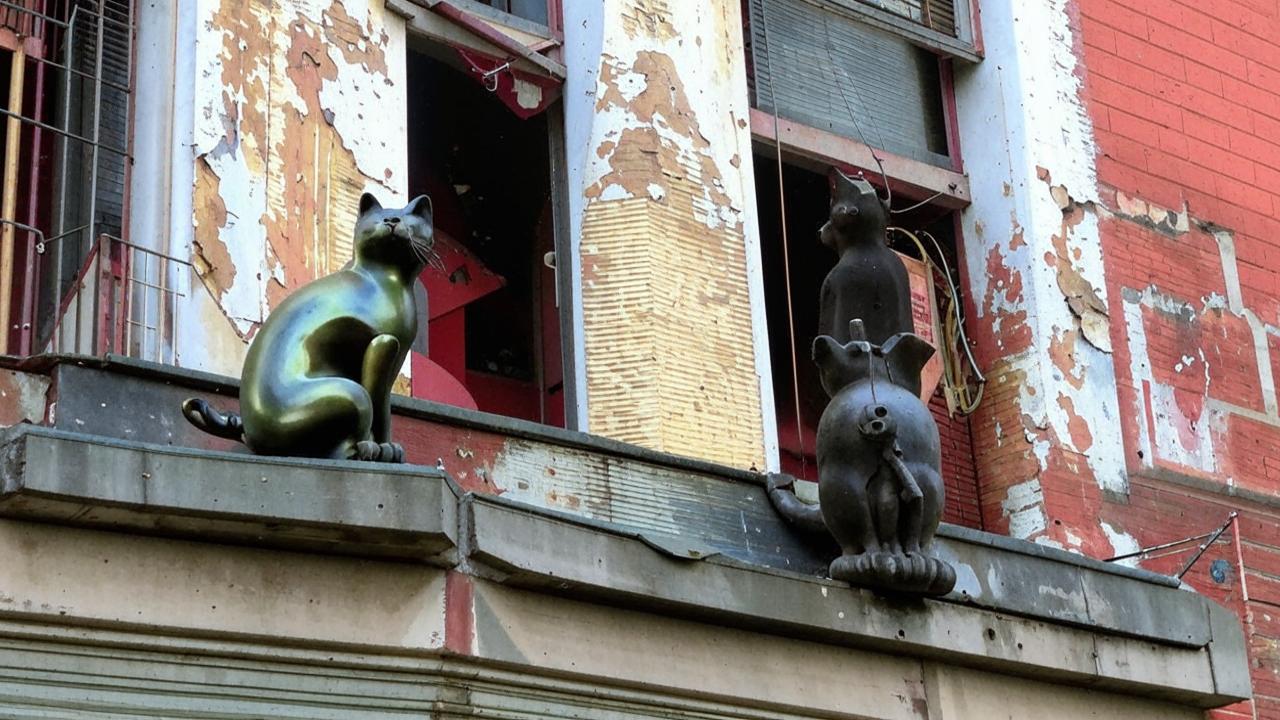
Monuments to cat Vasilisa and cat Elisey on Malaya Sadovaya Sadovaya Street
Dog Battalion
The famous dog battalion of the Leningrad Front took out 1800 wounded from the battlefield only in January 1943, when the blockade was broken. This work was associated with mortal risk and required certain training and courage.
The nurses recalled that the dogs harnessed to the sleds felt the human pain and suffering. That’s why they dragged the wounded very carefully, avoiding potholes and potholes. The Scottish sheepdog named Dick helped to neutralize more than 10 thousand mines. By the way, he also found a dangerous charge laid in the foundation of the Pavlovsk Palace.
Dog Sultan is a threat to criminals
The Leningrad dog Sultan became a legend of the city police. Together with his guide Pyotr Bushmin, he tracked down bandits who robbed weakened people and committed murders during the blockade years. Later, at the Leningrad Militia Museum, the guide told me that Sultan was a menace to the criminal element.
The half-starved dog could sit in ambush with his master for several days to take criminals by surprise. Surprisingly, Sultan is the only service dog that survived the blockade. On his account more than a thousand detained the most dangerous bandits. For his military services Sultan received a pension, and spent his last years in the family of his master and friend – Peter Bushmin.
The fate of an extraordinary dog prompted the writer Israel Metter to publish a book called “Mukhtar”. Years would pass, and a movie based on this story would be released. The picture “To me, Mukhtar!” was loved by many Soviet viewers. And the main role was played by the famous actor Yuri Nikulin, a participant in the battles on the Leningrad Front.
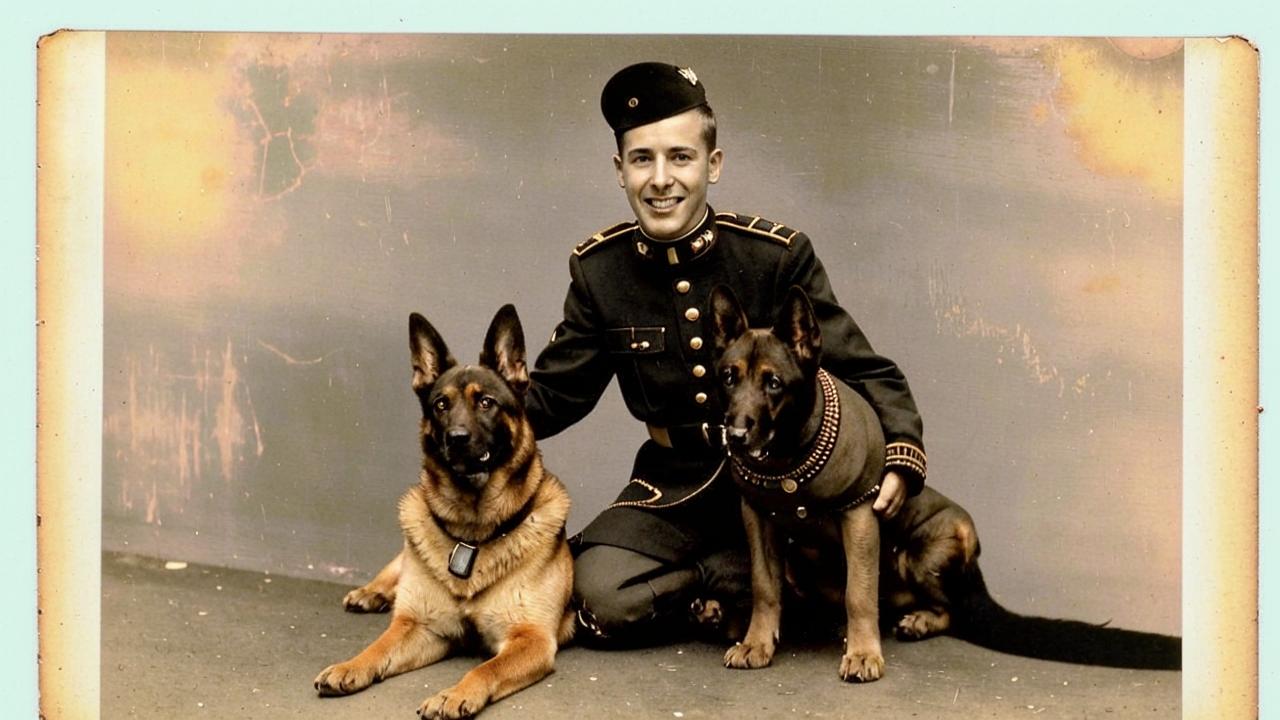
Leningrad criminal investigation officer Pyotr Sergeonovich Bushmin and his service dog Sultan.
Tresor saved four families from starvation
The cheerful and clever dog Tresor, who was by no means of “noble origin”, deserves special mention. He lived in the suburban village of Pargolovo and loved the yard of a wooden house where four families lived. The echo of the war reached the place far from Leningrad. And every day it was felt how the ring of the blockade was shrinking. Hunger crept into the house. Now all the thoughts of the adults were occupied only with one thing: how to feed the children and save their strength for work.
Tresor immediately suspected something wrong when he did not find even a piece of bread in his bowl. He disappeared, and the adult villagers breathed a sigh of relief: “The dog will not starve to death with us! However, a day later Trezor, wagging his tail, reappeared in the yard. And in his teeth the dog brought a captured hare. Now he brought hunting trophies almost every day. The house was buzzing with life again! Of course, the children were happiest of all. They loved to play with the cheerful dog, who once led them to an abandoned field where an old crop of potatoes, carrots and beets had been left under a blanket of snow.
Thanks to the clever dog, the people survived the blockade. Tresor died in 1945. He blew up in the forest on a mine, but found the strength to crawl to his home yard and die in front of all the residents. They saw him off with tears in their eyes as the closest and dearest person. A monument with a photo and the inscription: “To my dear friend Trezor from his rescued owners” was erected on a small grave.
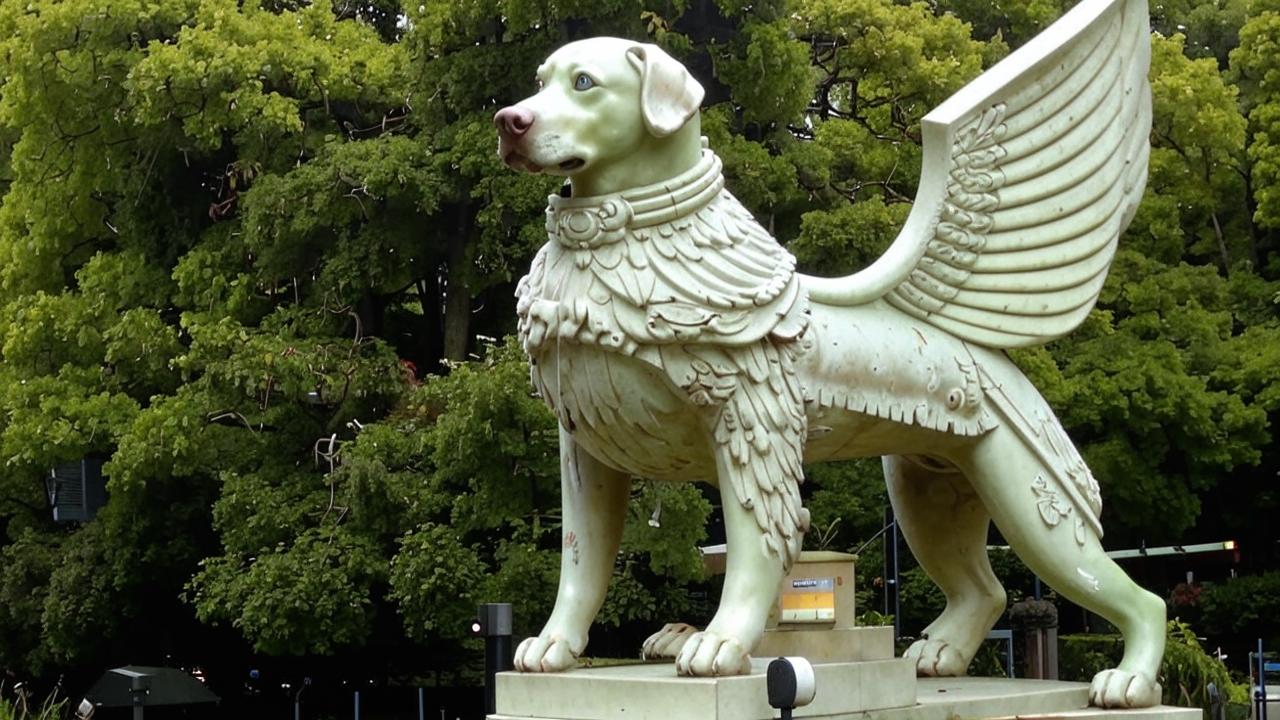
Monument to Trezor
Horses on the Road of Life
“The train is fit and efficient” – this is what the military usually said when sending a horse-drawn toboggan train along the “Road of Life” running through Ladoga. 960 horses were engaged for this hard, exhausting work.
Starving Leningrad was in dire need of bread, and every sack of flour was worth its weight in gold. The way through Ladoga was laid already in November 1941. The first ice could not withstand the weight of cars, so they had to do it the old-fashioned way. The horse carts moved slowly, and danger lurked at every step. Fascist airplane raids, a treacherous hole that could bury people and horses in the icy waters of Ladoga – the “Road of Life” was given with mortal risk and losses.
The poor animals suffered equally with their masters. Horses were no longer given their usual oats: they were completely taken to flour mills in Leningrad. The animals were fed with branches steamed in hot water. Or horses were given peat fodder consisting of mill dust, peat oats, bone meal and other wastes.
The animals snorted and often refused such food. By the end of the journey, the horses could hardly move their legs, and the stablemen tried to keep them covered with a blanket and warm water to prevent pneumonia.
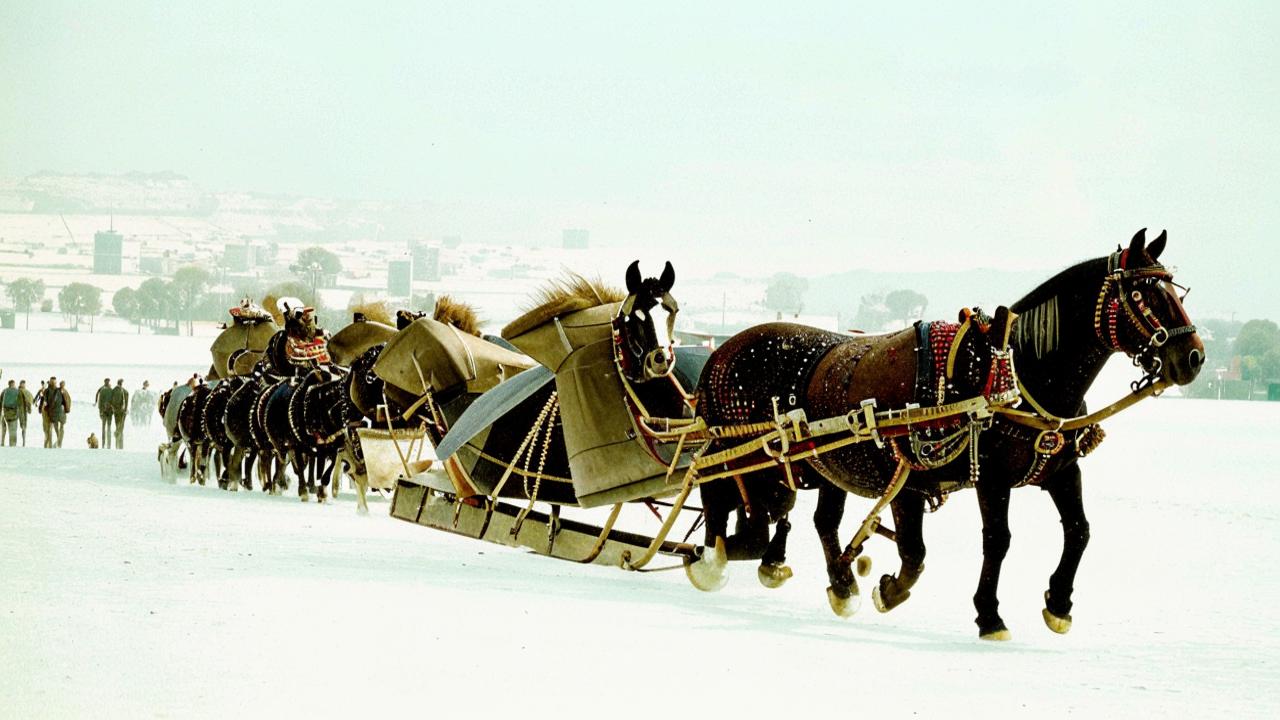
A convoy on the Road of Life
Animals in the Leningrad Zoo
The Zoological Garden was opened in St. Petersburg in 1865. And by the beginning of the war its fame went all over the Soviet Union. Sadly, but already in the first days of the Leningrad blockade the unique composition of animals of the famous zoo was greatly thinned.
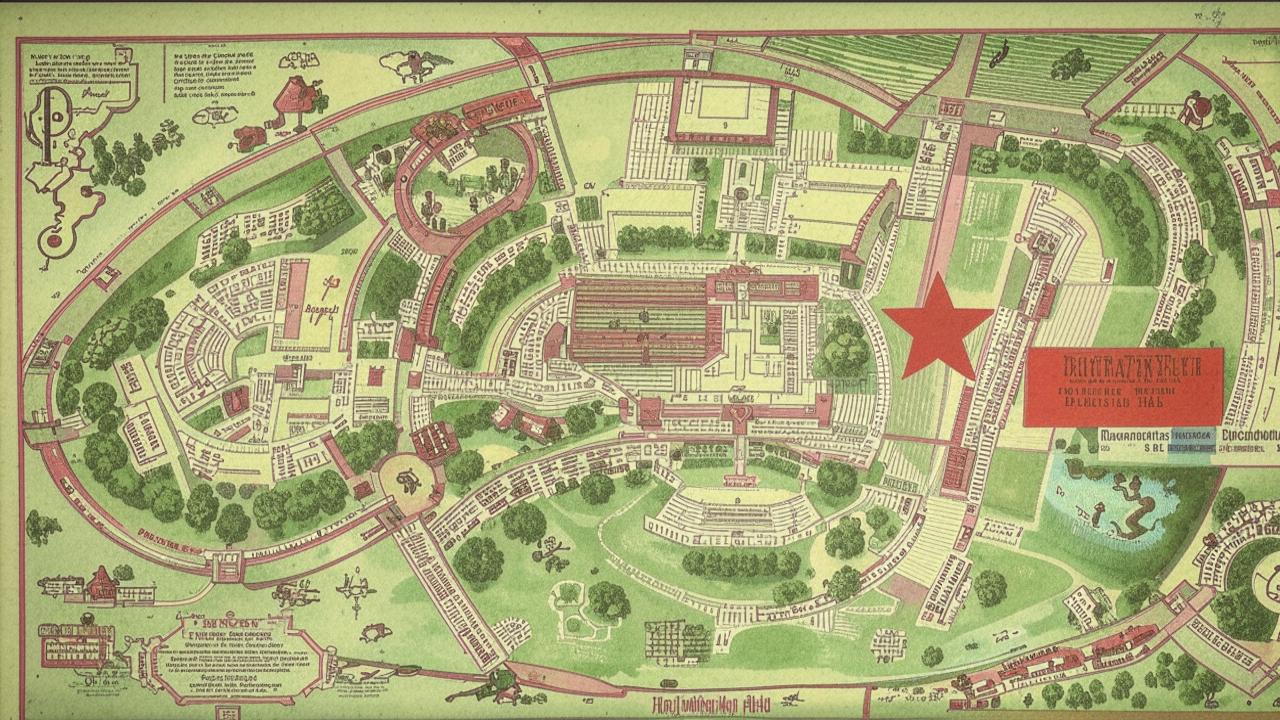
The scheme of bomb hits on the Leningrad Zoo
Its inhabitants died of heart attacks and strokes caused by stress from incessant bombing. The famous elephant Betty, a favorite of Leningrad children, was killed by an enemy shell. The territory of the once prosperous zoo turned into a plowed field. Its workers, overcoming fatigue caused by constant hunger, tried to save the remaining animals, to give them shelter.
Hippo Beauty from the horrors of what was happening around lay down at the bottom of the pool. And shook with fear until the zoo worker Evdokia Dashkina lay down next to her. And only in human embrace the hippo calmed down. However, Beauty lived until 1951. And died of venerable old age.
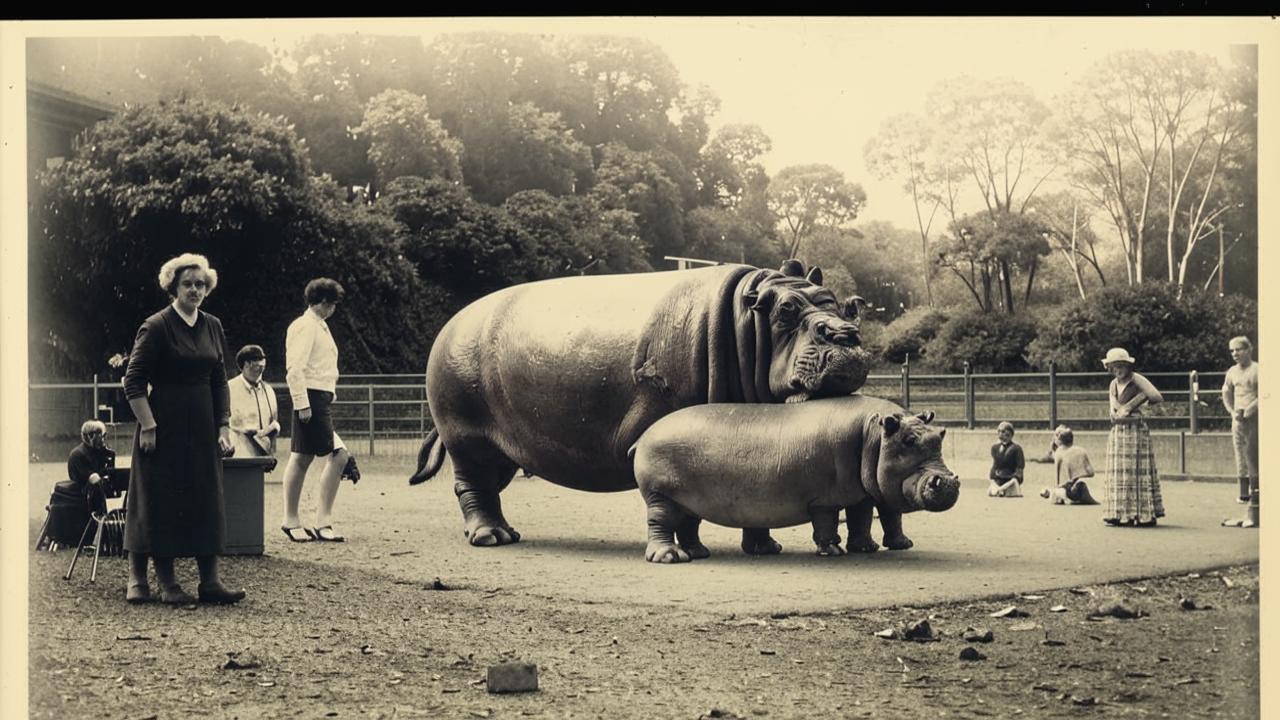
Hippo Beauty
On July 8, 1942, the Leningrad Zoo opened its doors to visitors. At that moment there were 162 surviving animals. This event became symbolic and bright for the inhabitants of the huge city, who survived the most tragic blockade winter.
Once one of the zoo employees was asked a question: why was it necessary to take care of animals in such a harsh time, when there were so many ruined human lives around? The answer was simple: “To feel human”.



